project.𓈀 archival system ░
a project ❝preservation and classification systems: contemporary archives❞ delves into the challenges faced by modern archival systems in today’s data-driven world.
preservation and classification systems
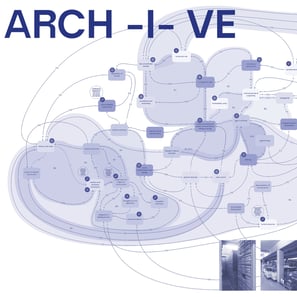

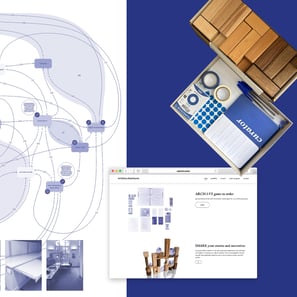



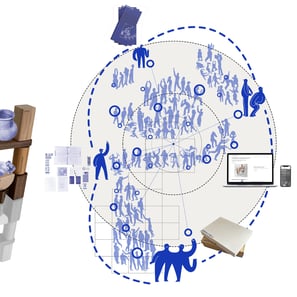



the project is based on system design methodologies and structures to identify leverage points and create intervention.
archival organizations are crucial for preserving societal memory, identity, and history. many existing systems contribute to exclusion and the loss of diverse voices. in an era where the politics of memory are increasingly contested, it seeks to establish fairer and more democratic preservation practices.
exploration of the key issues such as inclusion or exclusion, homogenization, and manipulation of cultural narratives. by redefining archives beyond storage function, the project emphasizes their potential as spaces for creating meaning and reshaping collective experiences.
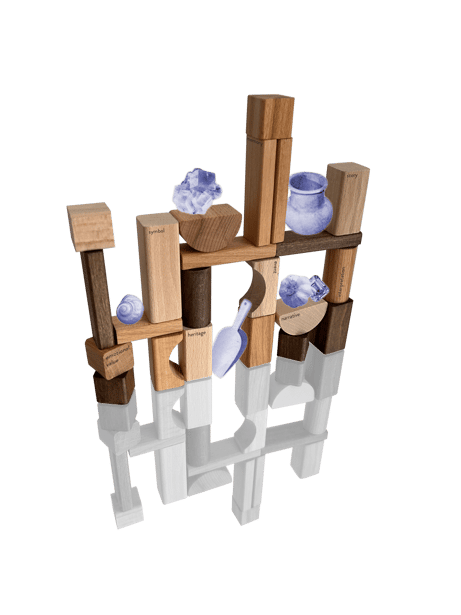

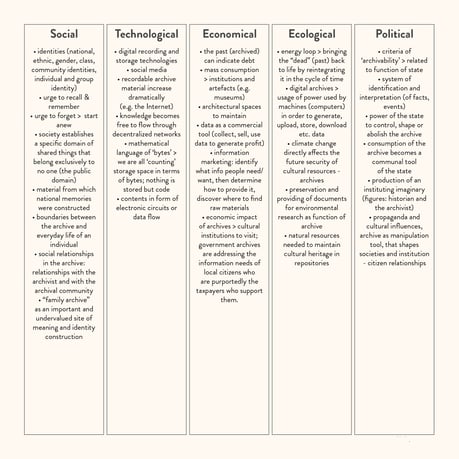

project methods:
system thinking (based on D. Meadows methodology)
scientific research
stakeholder interviews
workshop design + gamification
system mapping (causalities)
steep, iceberg, bot models
speculative future design
creative storytelling
artistic intervention design
incl. gamified workshop design, book design, website design & prototyping
╰
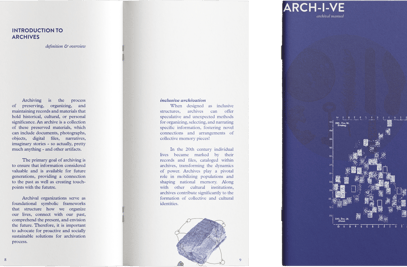



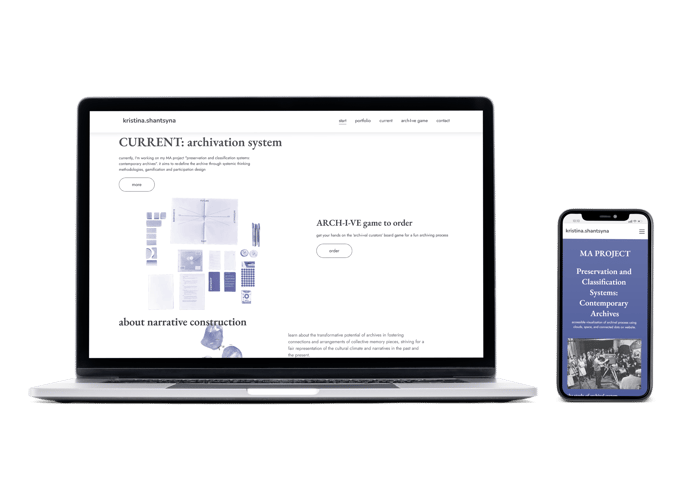

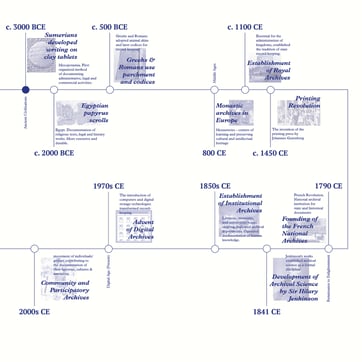

research and structuring
the archive project seeks to question historical and cultural myths while reevaluating established paradigms within preservation practices exercised by archival institutions
it is achieved by emphasizing research-led strategies, system design thinking, social design and participatory approaches.
✺
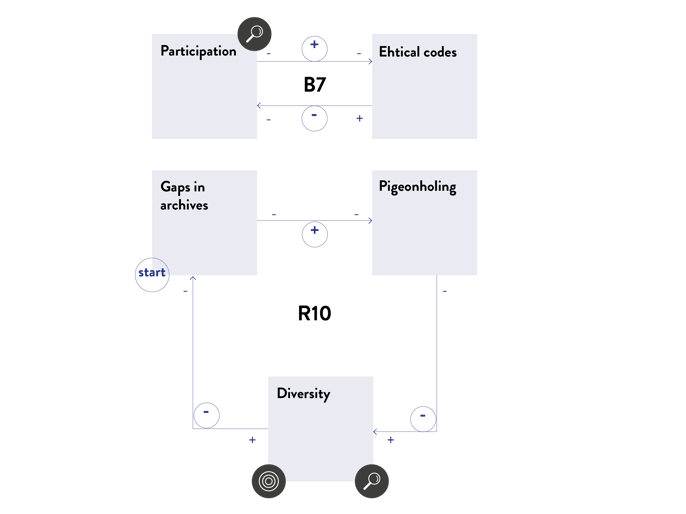

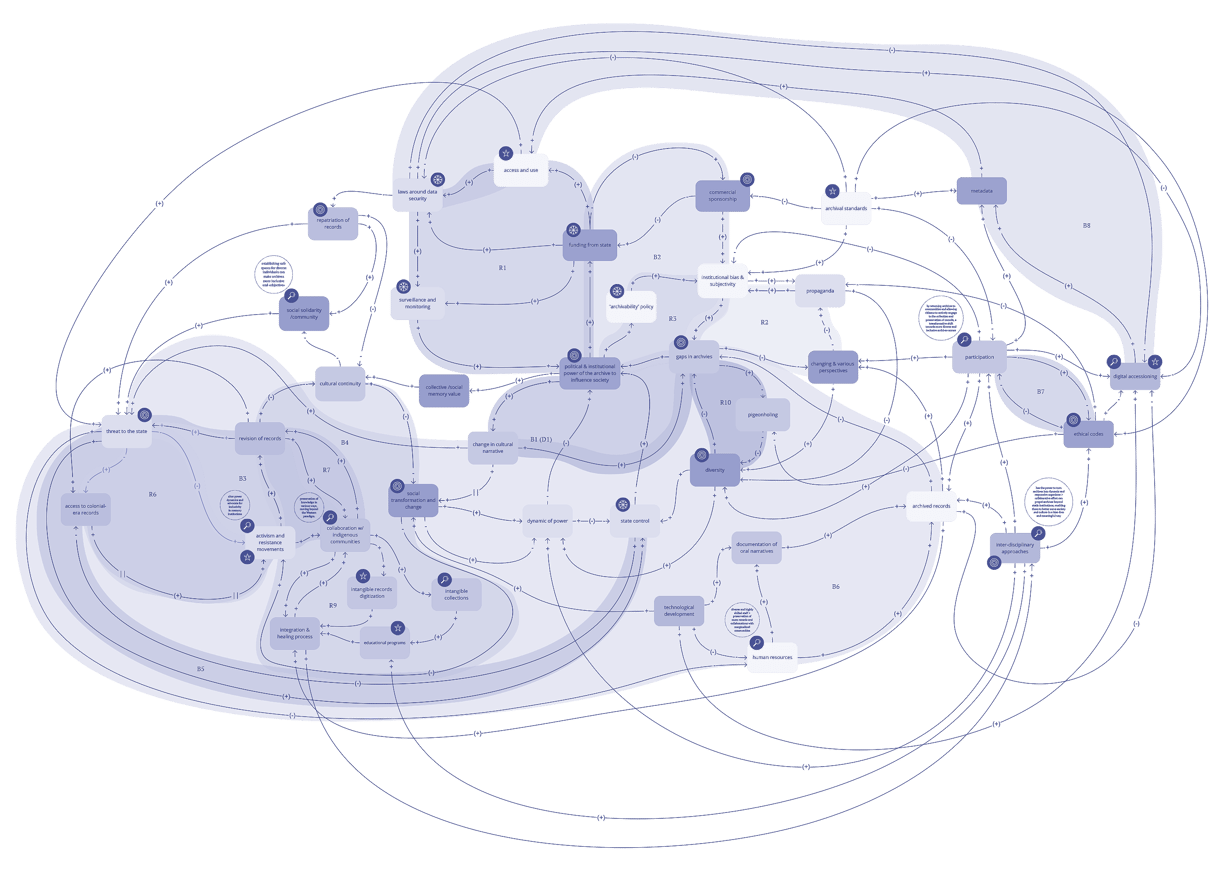

methodes used
╰
understanding the archival landscape:
desktop research in historical and cultural areas of archival notion, drawing insights from sociology, politics, technology, and cultural studies, delving into the systemic dynamics of the archival field.
stakeholder interviews - a qualitative research via interviews. based on the Multi-Stakeholder System Map as a methodological tool designed to address this need by visualizing and analyzing the complex landscape of stakeholders involved in archival system
causal loop mapping - a system design method, which allows for the identification of crucial elements and understanding the interrelationships within the system and its objectives.
leverage points are specific elements or variables within a system that, when adjusted, can produce significant shifts in system behavior and outcomes.
within archival system, the main leverage points identified from the research and interviews were diversity and participation
the goal of the intervention is to foster collective ownership of cultural memory by collaboration between diverse individuals and groups, democratize the archival process and promote inclusion of alternative narratives.
leverage points and intervention
methodes:
future design methods - logical levels; verge; futures triangle; 4 archetypes of future; alternative history methods
gamification
storytelling
user experience design
educational materials design
artistic intervention
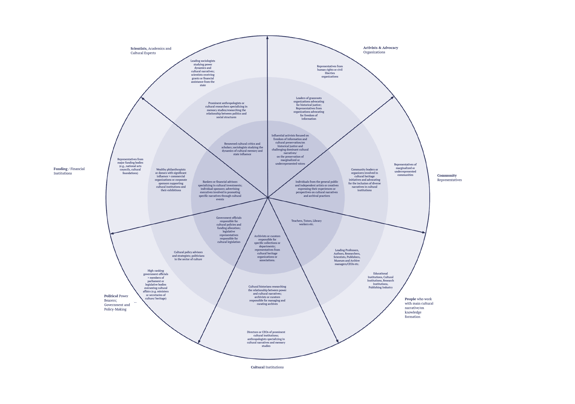

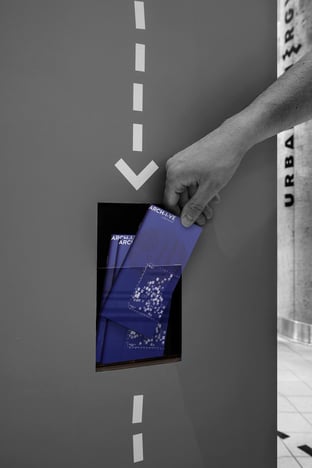

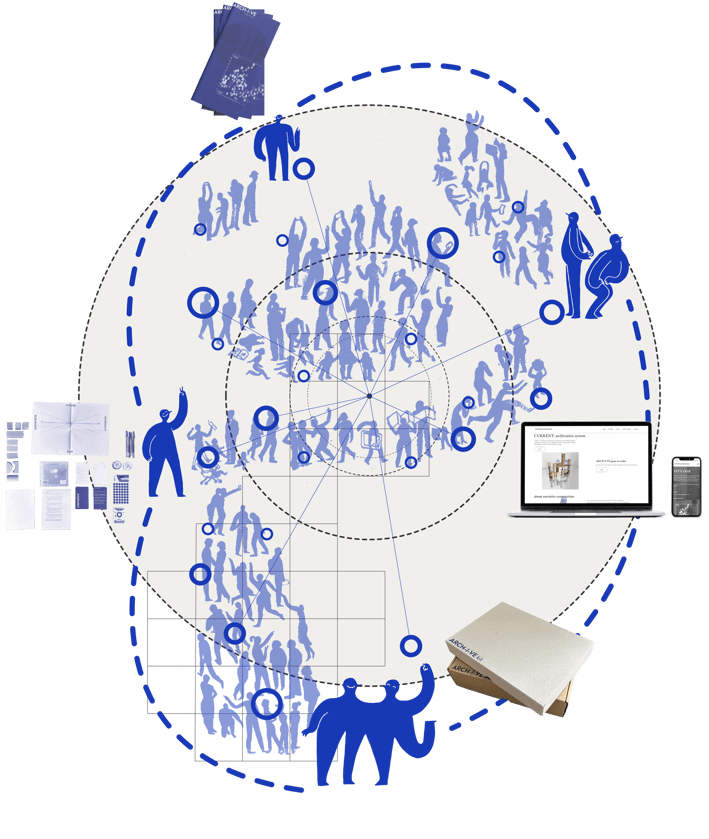

the intervention includes communication, empowerment, and educational practices aimed at transforming archival systems. it leverages emotional sensitization and knowledge-sharing to provoke thought and inspire action within communities.
redefining the idea of archives
envisioning them as dynamic spaces of meaning formation
illuminate the essential role of archives in shaping human experiences with cultural narratives




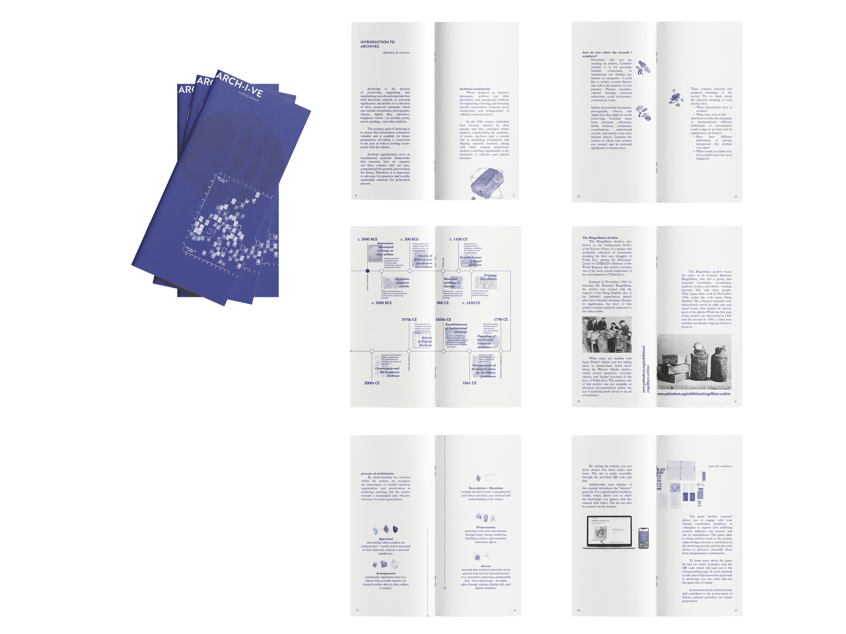

archival manual


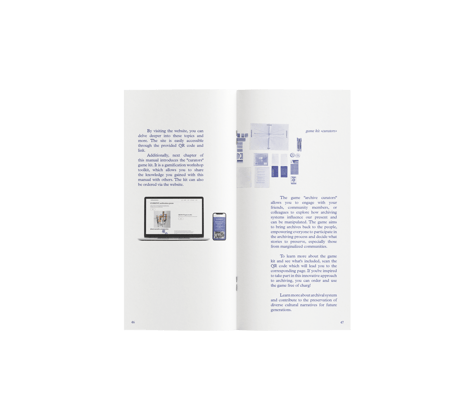



archival web platform
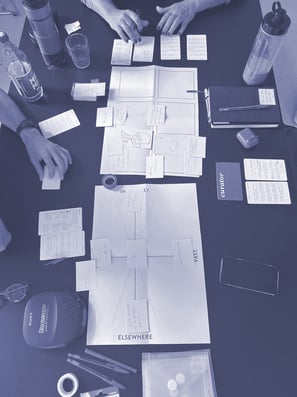





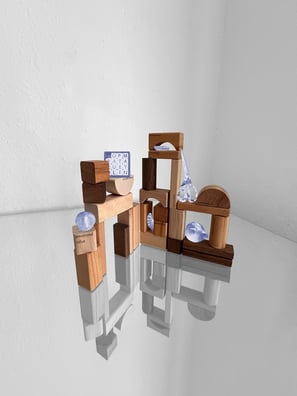







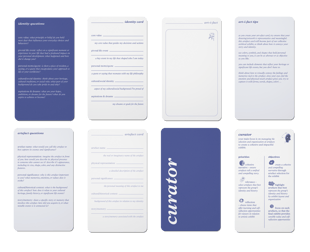

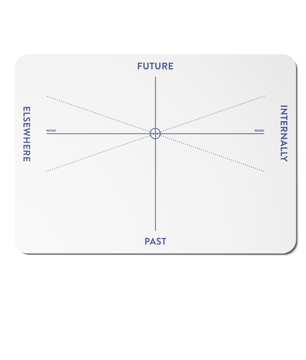





archival game kit




⋆。𖦹°‧ e-mail: kristina.shantsyna@gmail.com ⋆.◌
